All about the types of fertilizers
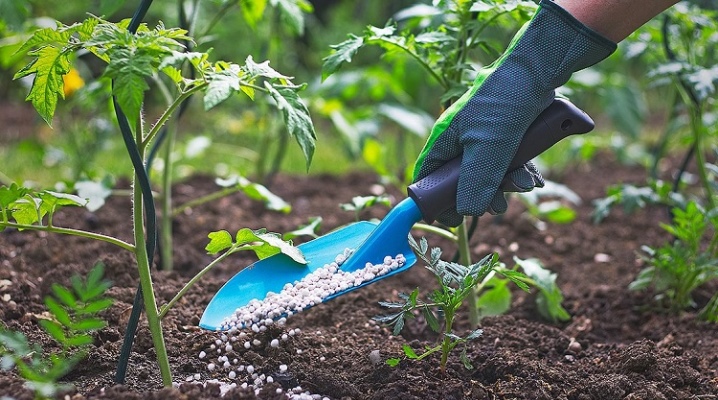
Plants need air, water, and fertilizers to provide useful nutrients. In this article, we will consider in more detail the features of various types of fertilizers, dwell in more detail on mineral and organic types, as well as the nuances of choice.
Peculiarities
Regular use of fertilizers helps keep plants in good condition, as well as promotes their active development and growth. Fertilizers should be applied to all plants, no matter where they grow - in a pot on a windowsill or in an open-air area. To increase the fertility of the land, you can use various substances, the choice of which should take into account the composition of the soil, plant variety, climatic conditions and even financial capabilities.
The main task of using fertilizer is to create a supply of substances in the soil, which are not enough for the active development and growth of the plant, as well as for the ripening of the crop. Usually, the soil requires several elements at the same time, therefore, nutrient complexes are used. Depending on the origin, all fertilizers can be divided into types. Let's consider each option in more detail.
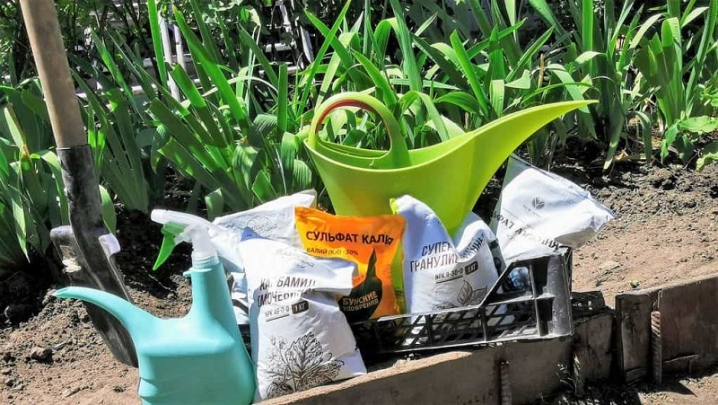
Classification of mineral fertilizers
Mineral fertilizers usually include a whole set of inorganic compounds, although there are also individual elements necessary for the normal development of plants. With the help of mineral varieties, the soil is filled with macro- and microelements... As a result, the fruits ripen faster and become larger.
The most popular types of mineral fertilizers include potassium, nitrogen, calcium, phosphorus and others.
Phosphoric
By adding phosphorus fertilizers, plants become more resistant to both frost and drought. Such feeding allows the plant to bloom sooner and form fruit ovaries. Fertilizers are recommended to be applied quite deeply. They are represented by the following varieties:
- water soluble - these include simple and double superphosphate, it is ideal for soil with a low phosphorus content;
- semi-soluble - for example, precipitate;
- sparingly soluble - as an option, phosphate rock, which makes plants more resistant to growth on acidic soils.
It is worth noting that the last two types do not dissolve in water, but exclusively in weak acids, therefore they are used only for acidic soils. But the first group (water-soluble) is suitable for use on any soil.
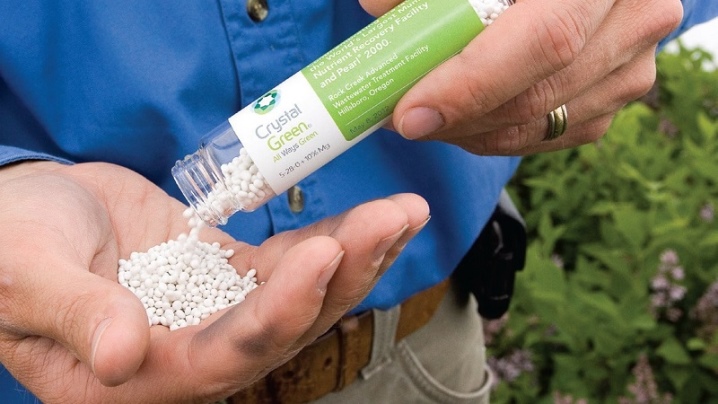
Potash
The addition of potash fertilizers contributes to plant resistance to drought and frost... With their help, the plant assimilates carbon dioxide better, and also improves the movement of hydrocarbons. Potassium helps to increase the yield, improve the taste characteristics of fruits, protect plants from pests and diseases. Several popular options should be noted.
- Potassium chloride... This variety is made from potash ores and belongs to natural fertilizers. You need to be careful with it, since not all plants can tolerate chlorine normally. These fertilizers should only be added to those plants that react calmly to chlorine.
- Potassium salt.
- Potassium sulfate... This option does not contain chlorine, so it can be applied to all plants without exception. And also this solution is perfectly combined with other types of fertilizers, except for those containing calcium.
Important! Top dressing with potassium content is usually applied to the soil in the autumn, when the earth is dug up.
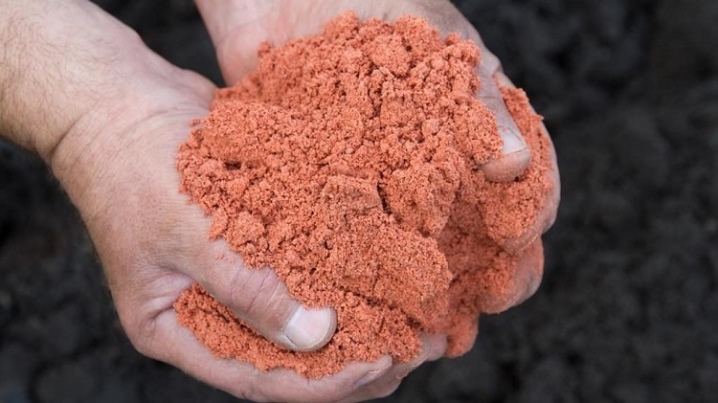
Nitrogen
For the rapid and correct development of the terrestrial part of the plants, they are ideal nitrogen fertilizers. Such substances are highly soluble in water, since they have excellent diffusion properties. It is customary to add nitrogen fertilizers in spring or late winter. Even before planting the plants, the soil becomes fertilized. Let's take a look at a few popular fertilizers.
- Sodium and calcium nitrate is an acid that dissolves rather quickly in water. It contains nitrogen. This fertilizer perfectly reduces the acidity of the soil.
- Urea or urea has a beneficial effect on increasing the yield. After getting into the ground, it is converted into ammonium carbonate.
- Ammonium nitrate used in tandem with phosphorus and potassium.
- Ammonium sulfate it is used when there is a need to increase the acidity of the soil.
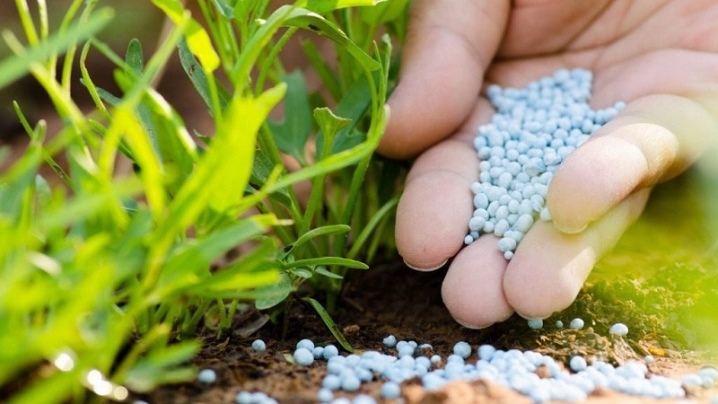
Microfertilizers
If the soil has a low content of trace elements, then you should definitely pay attention to microfertilizers. They contain elements such as manganese, zinc, copper, boron, iron, and so on. Such an additive will support the root system, increase yields and increase resistance to various kinds of diseases. Usually, seeds are treated with micronutrient fertilizers before planting in the soil.
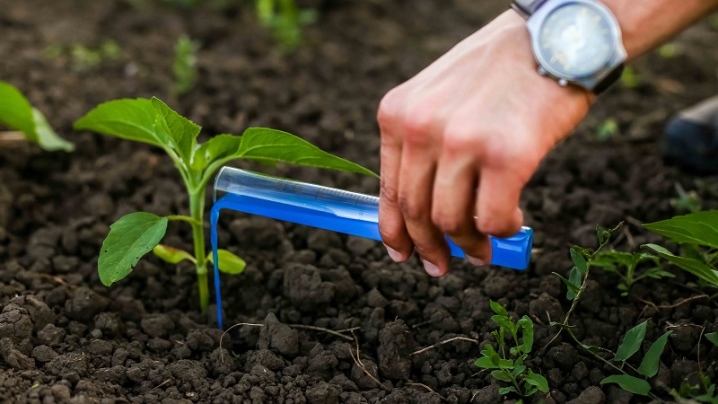
Complex
If we consider complex fertilizers, then they are in demand, since immediately contain several useful components. Depending on their number, they can be double or triple. Depending on the manufacturing method, such fertilizers can be mixed, combined or complex. There are several popular options worth paying attention to.
- Ammophos... This solution contains 4: 1 phosphorus and sodium oxide. Its effectiveness is 2.5 times better than regular superphosphate. Its main disadvantage is that there is little sodium in the composition, and plants need both phosphorus and sodium.
- Nitrofoska... This complex includes three components: phosphorus, nitrogen and potassium. The composition is ideal for acidic soils. It is used both as top dressing and immediately before sowing. Since the content of the components is in equal proportions, you will have to adjust their amount depending on the plants.
- Nitroammofoska... This option is also in demand among gardeners. It contains nitrogen, potassium and phosphorus. Fertilizer is suitable for pre-sowing application.
- Diammofoska... This solution includes potassium (26), phosphorus (26) and nitrogen (10). Many people choose this option, because the fertilizer also includes additives, for example, sulfur, zinc, calcium, magnesium, iron. With its help, the plant grows faster, and the fruits are formed much faster.
Important! Complex fertilizers are in high demand, since they can be used to saturate the soil with all the necessary components.
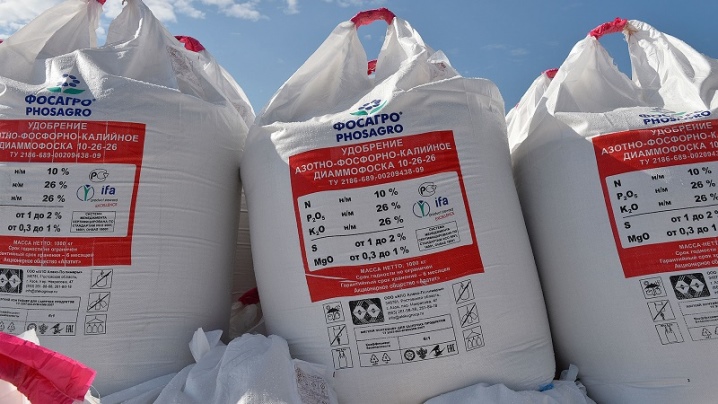
Varieties of organic fertilizers
Organic fertilizers deserve special attention, since they are obtained as a result of organic processing in a natural way. They are high in nutrients. Let's take a closer look at the most popular options.
Compost
As a result of the decomposition of organic waste, compost is formed. These can be leaves, fish bones, meat, husks, and so on. It should be noted that you can make compost yourself, and you will need to use weeds, fallen leaves, tops, organic waste.
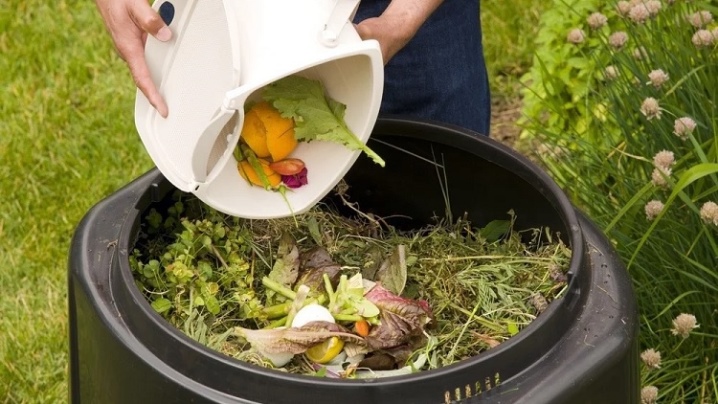
Bird droppings
This fertilizer can be applied to all types of soils... Its peculiarity lies in the fact that it is very nutritious for the soil, because it contains a large concentration of substances that have a beneficial effect on the productivity of plants.The methods of applying poultry manure are no different from compost, but the amount should be less, since the former is more concentrated.
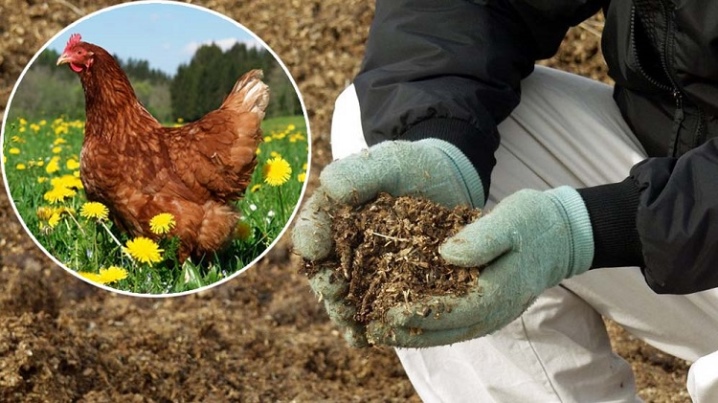
Sawdust
Many people use sawdust as fertilizer because they have excellent loosening properties. They have a beneficial effect on the soil, enriching it, as well as retaining air and moisture. Usually they are brought in during digging. Sawdust is often combined with inorganic fertilizers. For 1 square meter, you will need about 3 buckets.
Adding sawdust to the soil without mineral mixtures can lead to the fact that the soil will lose all nitrogen, and the soil - all fertile properties. Therefore, mineral fertilizers with a high nitrogen content should be added.

Peat
This option contains a large amount of nitrogen... Unfortunately, peat does not have phosphorus and potassium, which are so necessary for plants. Experts advise combining peat with feces, slurry, manure or inorganic fertilizers.

How to choose?
To saturate the soil with all the necessary components for active plant growth, attention should be paid to the choice of fertilizers... Correctly selected fertilizers contribute to the rapid growth of garden crops, the development of the root system, as well as the activation of metabolic processes. Therefore, the final result depends on the correct choice of mineral fertilizer.
Impact
Be sure to familiarize yourself with the purpose for which the fertilizer is intended, namely:
- preparations with nitrogen content help with the formation of the ground part of plants, leaves and shoots;
- fertilizers with potassium can accelerate the ripening of buds and flowers, and also nourish the root system;
- phosphorus fertilizers have a positive effect on the roots, increase immunity and protection against various diseases and pests.
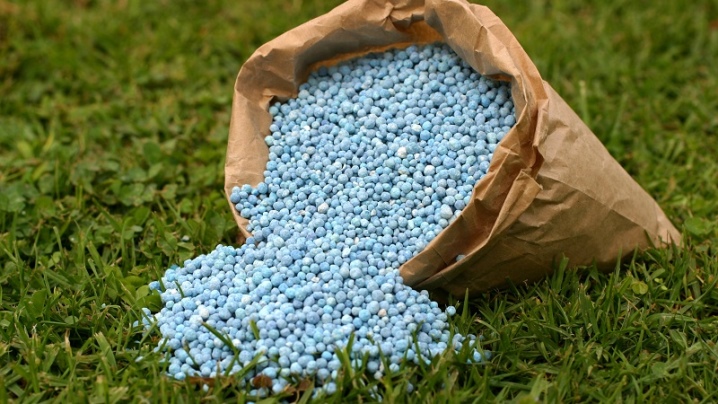
Seasonality
Fertilizers are usually applied to the soil in spring or autumn. Considering nitrogen solutions, they are usually applied in the spring. It is advisable to add ammonia products in the fall. They are excellent for soils with a high acidity content. In autumn, they are also introduced phosphorus variants, and here superphosphate suitable for spring. If it is necessary to add to the soil potash fertilizers, then on loose soils it is better to use them in the spring, but on heavy soils - in the fall.
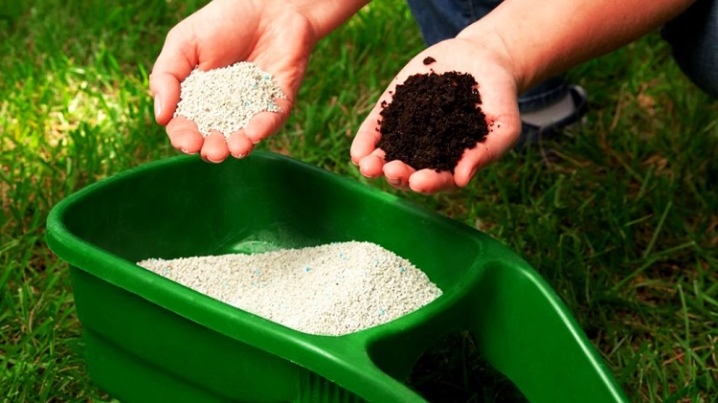
Release form
Mineral fertilizers are produced in several forms, namely:
- granules - a coarse fraction of a round shape;
- micronutrient fertilizers - include elements that are necessary for plants, while their use occurs in small volumes;
- liquid preparations - usually used during the growing season of plants.
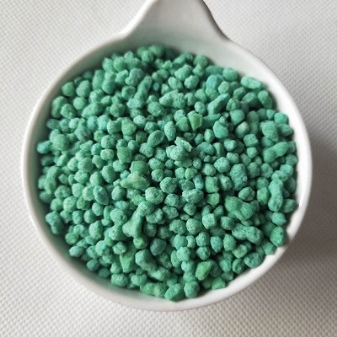
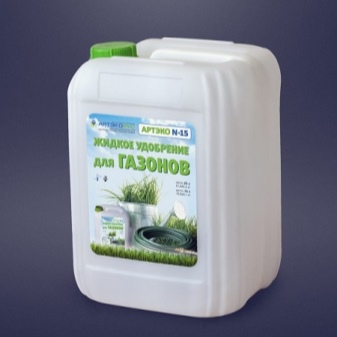
Volume
Mineral variants can be marketed as granular or finely dispersed compounds... They are sold in bags (paper or plastic), as well as in barrels of different sizes. If we consider liquid fertilizers, then they can be bought in a plastic or glass container.
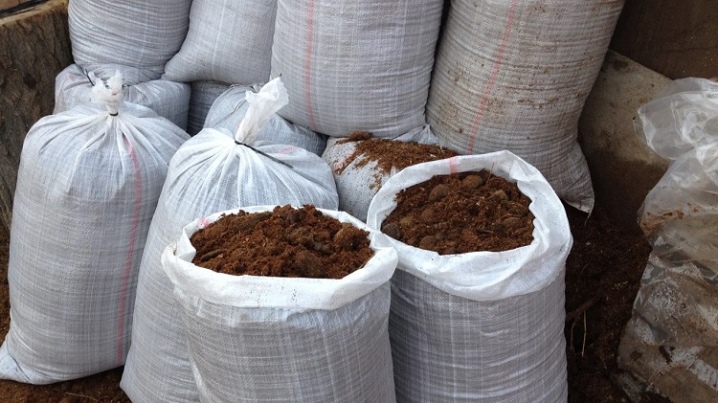













The comment was sent successfully.